Ertach Kernow - Port Navas strikes our screens
Port Navas also known historically as Porth Navas
After watching a series of crime drama stories on BBC IPlayer called Strike based on books by Robert Galbraith, better known as J K Rowling. I got caught up when I learned that the main character had been brought up in Cornwall and wondered if and how much of Cornwall would be featured. Well, it did eventually appear in series four and after digging around on the internet I found that one place used for the filming was Porth Navas along with Falmouth, Holywell Bay and St Mawes. With a break in the poor weather last Sunday, I took a trip down to Porth Navas calling in at Constantine to look at their 15th century church. A pretty hamlet with views over the creek but to be honest far better seen in the spring or summer. A brief spell of sunshine was an encouragement.
It was known as Cove until the 19th century before its period of maritime industrialisation. Port Navas or Porth Navas, as shown on 19th century maps, is in the Cornish language Porth an Navas, the word Porth meaning cove, gate or harbour. I will throughout this article call it Porth Navas, rather more Cornish than the no doubt Anglicised Port Navas. This small hamlet is situated in the large historic ecclesiastical parish of Constantine on the first creek on the Helford River. Occupied from the Iron Age there are some scant remains of rounds and settlements in what no doubt would have been a good location to live. Medieval remains are recorded close by with Higher Calamansack in 1365 when it was known as 'Kylmonsec Wartha' and Inow Farm recorded in 1269 then spelt Iwenau. By the mid-17th century, the settlement around the creek had sprung up and was named Porhanaves or Porranavas in 1649, although Ponsevarren as a name lingered in as another smaller settlement to the east of Porth Navas. The early 19th century tithe map shows little structural evidence of waterborne trade and later maps gradually show an increase in buildings including by the 1870’s the Jolly Sailor public house. There was also a limekiln suggesting an increase in industrial activity into the 1890’s. By the time the 1908 Ordnance Survey map was produced the Jolly Sailor had gone and there was a Bible Christian Chapel and reading room within the village. The golden age was in the 19th century when Porth Navas expanded its existing 18th century quays to load lime and ship stone from Constantine’s various granite quarries. In turn the coastal vessels would bring cargo for unloading at Porth Navas that included cement, pig iron and lime.
As with many communities the establishment and growth of the settlement often depended on a person or family and so it is with Porth Navas. The Mayn family had lived in Constantine since at least the early 17th century and at the farm at Calamansack for many decades by the 18th century. James Mayn born about 1728 was termed a yeoman on legal documents when purchasing leases, which as a farmer placed him in a higher level of status than ordinary agricultural labourers and those involved in husbandry and the like. Jonathan Mayn the eldest son of James was born in 1761 and by 1806 had purchased the Ponsvarran estate to the east of Porth Navas where he built and let out a five-room dwelling house where the occupants could also keep a cow or a horse. Purchase of this estate allowed him to take advantage of the waterfront and by April 1830 he was advertising a newly built 200-foot-long granite quay for leasing. Jonathan Mayn was emphasising that the quay was built for the express purpose of shipping stone by using fine downhill roads from different quarries and the close vicinity of the principle granite districts. This opportunity was taken by Richard Hosken, a quarry owner, who could now export larger amounts as bigger ships could load at the new quay. A new leaseholder, John Freeman, took the quay in 1856 and in 1865 the lower quay was completed along with a heavy crane. By the end of the 19th century cheaper imports reduced the demand for Cornish stone and caused the closure of Freeman & Co at the beginning of the 20th century. However, not before Cornish granite was taken from here and used to complete Tower Bridge in 1894.
It was the Mayn family who had been responsible for the opening of the Jolly Sailor, which was for many years run by Edward Kempthorne. It included when being leased again in 1855 the brewhouse, stables and premises along with an offer of 25 acres of good arable land and two small orchards. All necessary farm buildings being made available as this adjoined the Mayn family’s Ponsaverran estate. It was eventually closed due to brawling between locals and those from Wendron. Ironically it reopened a few years later as a Temperance Hotel. The Mayns were also responsible for construction of the limekiln, reading room and chapel.
In more recent times Porth Navis has become better known for its oysters. These have been harvested for many hundreds of years and have from time to time led to court cases when oysters have been stolen from the riverbed. Of course, the Mayn family had their finger in the oyster trade for a while besides farming and this included fishing it illegally. In 1659 Sir Richard Vyvyan brought an action against a John Mayn for fishing without paying dues to him. Over a hundred and thirty years later in 1796 Jonathan Mayn held the tenancy of a stretch of the river renting it for £10 per annum until 1812, then again for £100 per annum until 1815. Messrs Scott, Pender and Tyacke then took the lease for £450 per annum, some £51,000 today after allowing for inflation. In 1866 the newspapers reported an important oyster theft case where the accused were found guilty. Mr Justice Coleridge, in passing sentence on the prisoners, said, 'Property of this kind must be protected. It must be understood that the owner of a fishery must be as safe in the enjoyment and possession of his property as the owner of a house. You have no more right to do it than you have to go into a field and take a sheep.’ His Lordship then sentenced the prisoners, who were both respectable farmers, to six weeks imprisonment each in the house of correction. In 1906 the Duchy of Cornwall took over the oyster fishery and 1910 saw a syndicate calling themselves the ‘Original Helford Oysterage and Fishing Company’ taking over a lease. Later in the 21st century the oyster farm was acquired by the Wright Brothers, successful restaurateurs who wished to revive the oyster beds. However, it seems they were farming Pacific Oysters and in 2017 they ceased trading when the Duchy of Cornwall again took control. It appears the intention of the Duchy of Cornwall is for the cultivation and harvesting of native oysters on the Helford using traditional cultivation techniques, with the oysters being grown directly on the seabed. This seems in line with King Charles’, as the then Duke of Cornwall, interests in environmental matters.
Porth Navas is also home to what they claim to be the smallest yacht club in the world. Founded in 1958 it has 34 pontoon berths, 12 trot moorings, 7 swing moorings and 27 beach moorings as well as racks for small dinghies. There is also the opportunity to rent paddleboards and kayaks and also boats from other local organisations. With a bar and restaurant at the yacht club, Porth Navas looks as if it could be quite a busy place in the summer. Sadly, it’s said that there is an abundance of second houses, so local Cornish folk may be a bit thin on the ground. However, Porth Navas does illustrate that even small hamlets have something historically interesting allied to beautiful views to offer local folk who fancy touring around Cornwall away from the usual popular and better-known destinations.
On the way to Porth Navas is the nearby village of Constantine. It has a lovely 15th century church and repurposed former Methodist Chapel renamed the Tolman Centre. Here they presents a variety of performance art, exhibitions, talks, films with a purpose-built extension housing the local museum. That this small civil parish of less than 2,000 inhabitants can have cultural facilities that put much larger towns to shame is a credit to their residents and parish council. More on the large ecclesiastical parish of Constantine to follow in due course.
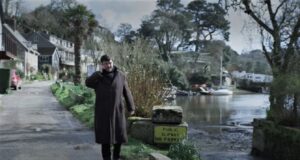
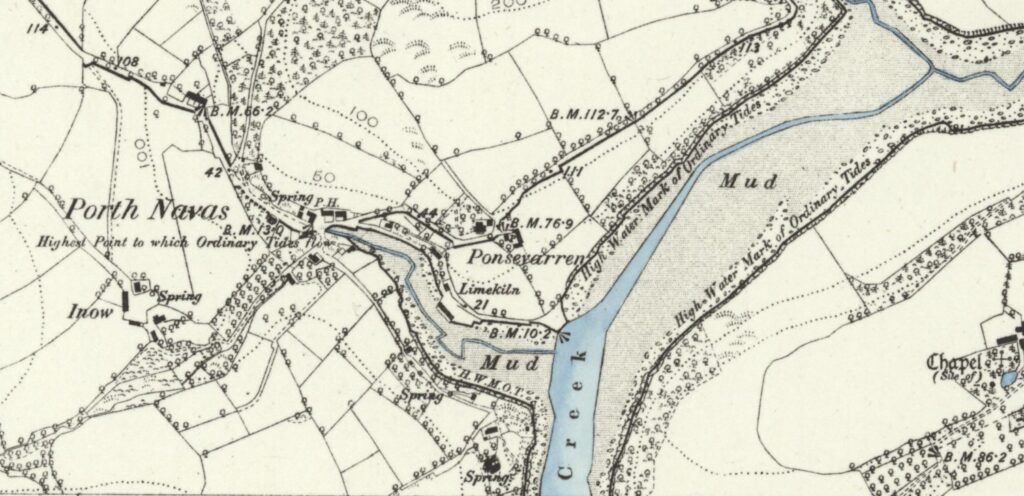
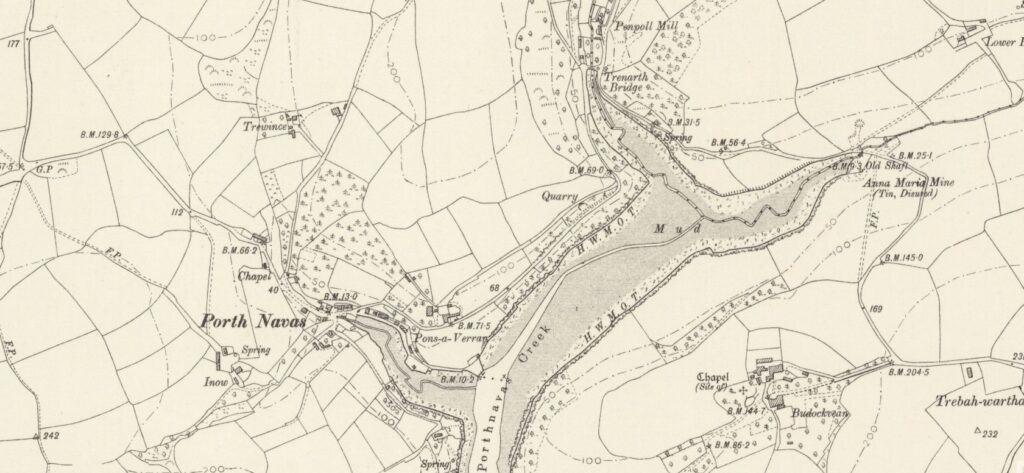
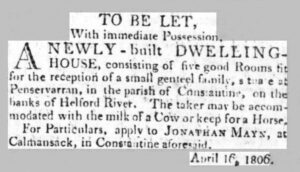
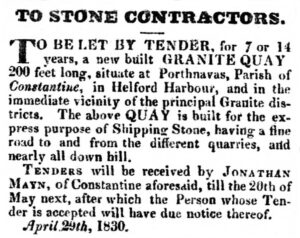
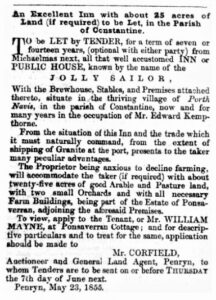
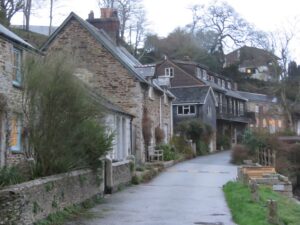
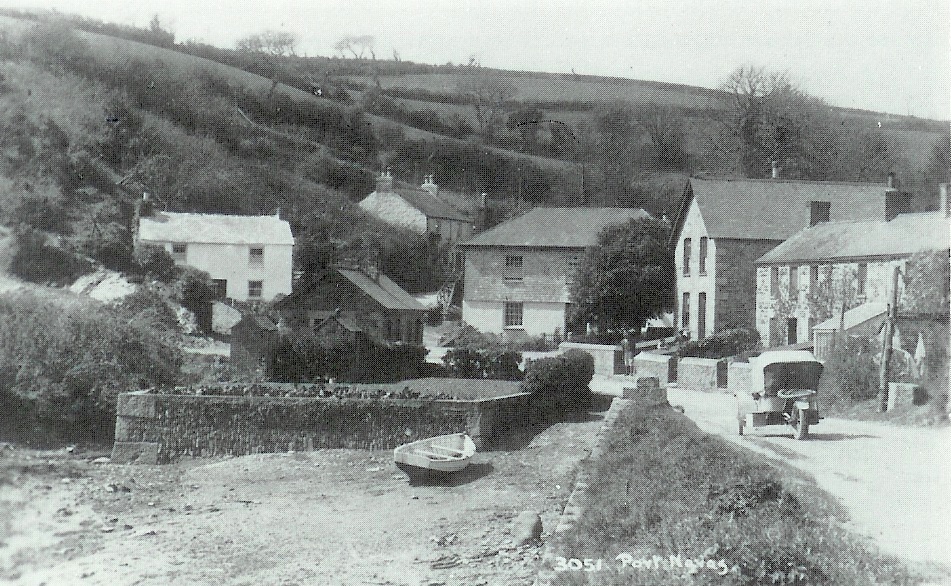
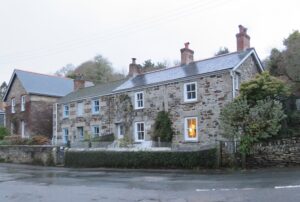
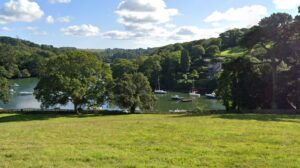
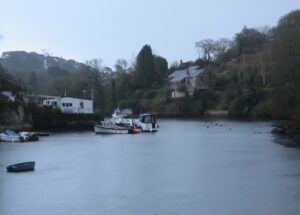
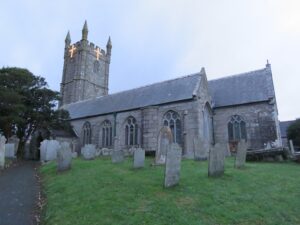
![Ertach Kernow - 18.01.2023 [26] Port Navas](https://www.cornwallheritage.com/wp-content/uploads/2023/01/Ertach-Kernow-18.01.2023-26-254x300.jpg)
![Ertach Kernow - 18.01.2023 [27] Ertach Kernow - Port Navas](https://www.cornwallheritage.com/wp-content/uploads/2023/01/Ertach-Kernow-18.01.2023-27-254x300.jpg)
![[134] Ertach Kernow Heritage Column - 18th January 2023 - Supporting Cornish Groups Ertach Kernow Heritage Column - 18th January 2023 - Supporting Cornish Groups](https://www.cornwallheritage.com/wp-content/uploads/2023/01/134-Ertach-Kernow-Heritage-Column-18th-January-2023-Supporting-Cornish-Groups-300x288.jpg)